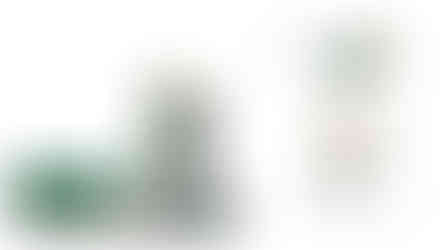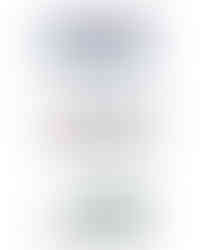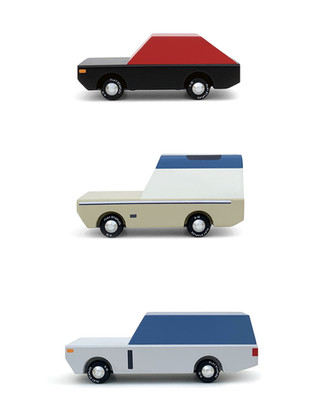Play Staples: Wooden Vehicles, Lasting Stories
- Niwwrd

- Aug 22
- 3 min read
Mumbai-based designer Yash Vadher is reimagining childhood play and adult nostalgia through handcrafted wooden vehicles, proving that toys can be both objects of joy and cultural memory.
Story
For Yash Vadher, the journey began not in a workshop but in an architecture studio.“Architecture taught me two things I keep returning to: respect for materials, and the discipline to simplify,” he says. The shift from spaces to objects came naturally, shaped by a lifelong fascination with cars as cultural carriers rather than horsepower machines.
During a quiet patch at work, Vadher began making small wooden vehicles for his desk. Friends noticed, requests followed, and sketches gradually evolved into prototypes. Years of designing toys for a leading toy company gave him deeper insight into play, craft, and design.
Play Staples grew out of these experiences. It reflects an architectural eye for detail, respect for context and material, and a personal love for cars as carriers of memory. Today, it is a one-man, fully bootstrapped venture, with all products designed and handcrafted in Mumbai, aspiring to expand into a global design-led toy brand from India.
Idea
The vision behind Play Staples was to design what Vadher calls “staple-vehicles” — archetypal, open-ended toys that carry the feeling of a place. They are not built as replicas or collector’s items first, but as well-made companions that live on a desk as easily as on a playmat.
Play Staples extends beyond toys. The brand is rooted in memory, sustainability, and design literacy. Vadher explains that the purpose is to preserve cultural textures routes, vehicles, and rituals that shaped people while proving that responsible materials and good form can exist in the mainstream. If these objects prompt families to recall a road trip, a city, or a bus route, or simply to pause and notice details, then the purpose is fulfilled.
Product
Play Staples toys are made of solid steam beech wood with water-based food-safe finishes, a sturdy custom-designed alloy chassis, and soft silicone tyres. The design language is minimal, treating the vehicles as archetypes rather than scale models. Clean volumes and color blocks signal places like Madras, Malabar, or Bombay without excess detail.
Regional character is captured not just by form but by atmosphere. Palettes are built from skies, soil, foliage, and roadside signage. Packaging adds to the experience: boxes open flat to reveal printed roads and graphics, and connect through paper “S-locks” to form tracks. The packaging is designed to be part of the storytelling, without any plastic.
For Vadher, open-ended play means allowing children to decide what a toy becomes. Play Staples avoids fixed narratives and noisy features, focusing instead on tactile weight, smooth rolling, and just enough detail to spark a world. The Kaali-Peeli taxi, for instance, introduces a magnetic roof carrier, one small mechanic that expands storytelling without prescribing it.
Nostalgia
Automotive nostalgia runs through the heart of Play Staples. In India, memories often unfold in transit, whether through a bus route, a taxi livery, or the hum of a highway. Vehicles become time capsules of these shared rhythms.
For children, Play Staples encourages agency and curiosity, the joy of building a city from the floor up. For adults, the toys evoke recognition: the sight of rain on Marine Drive, the whistle of a bus conductor, or the feel of a late-night road journey.
Looking ahead, Vadher sees Play Staples as a growing system rather than just a product catalogue. Alongside Series 01: Indian Terrain Vehicles, the Special Edition Taxis of the World has begun with Mumbai’s Kaali-Peeli. Future developments include foldable paper cityscapes and a more accessible paper car line that attaches to the magnetic chassis, expanding play while avoiding plastic.
The guiding principle remains unchanged: small-batch, material-honest, and place-led design, with objects meant to be kept, repaired, and passed along.





















Comments